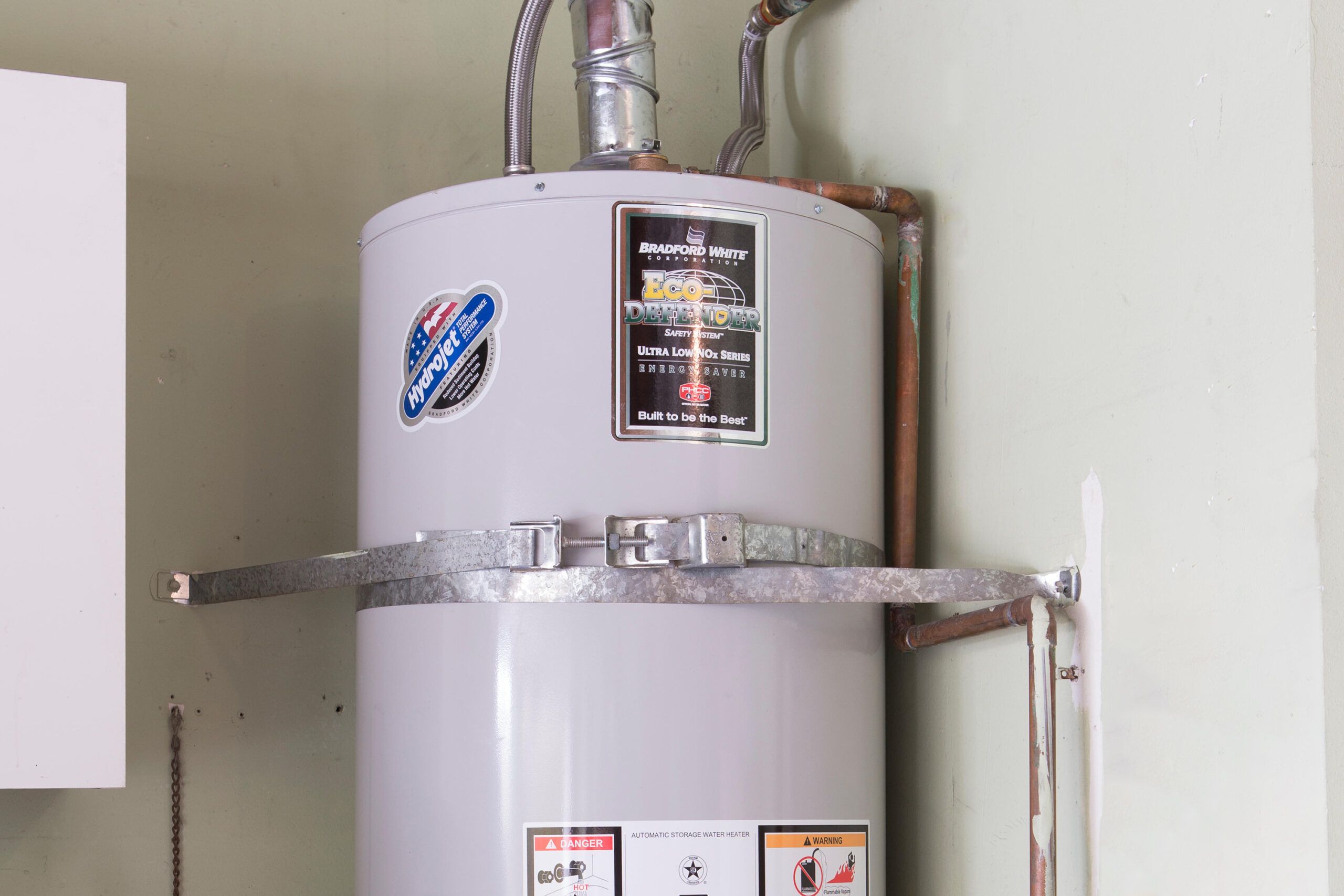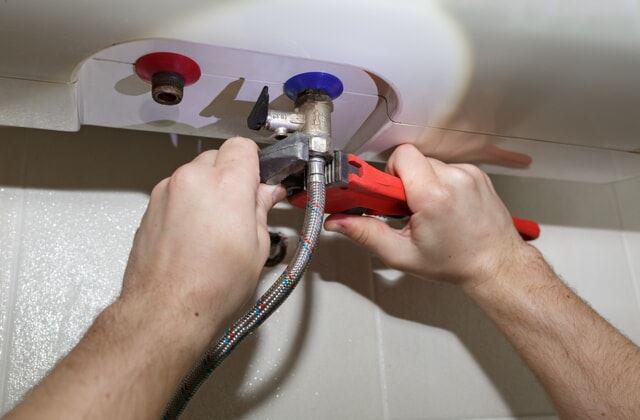What're your beliefs about Tips on Maintaining a Water Heater?

Warm water is important for everyday convenience, whether it's for a rejuvenating shower or washing recipes. To ensure your hot water system runs successfully and lasts longer, normal maintenance is crucial. This article offers useful suggestions and insights on how to maintain your home's hot water system to avoid disruptions and pricey repairs.
Introduction
Maintaining your home's hot water system may appear overwhelming, yet with a few basic actions, you can guarantee it runs efficiently for several years ahead. This guide covers everything from understanding your warm water system to do it yourself upkeep suggestions and understanding when to employ specialist help.
Significance of Maintaining Your Hot Water System
Regular maintenance not just expands the life-span of your hot water system but likewise guarantees it runs effectively. Neglecting maintenance can bring about decreased effectiveness, greater energy expenses, and even early failure of the system.
Indicators Your Hot Water System Requirements Upkeep
Recognizing when your hot water system needs focus can prevent major problems. Keep an eye out for signs such as inconsistent water temperature level, weird noises from the heating unit, or rusty water.
Flushing the Hot Water Heater
Purging your hot water heater gets rid of debris build-up, boosting efficiency and prolonging its life.
Checking and Replacing Anode Rods
Anode rods avoid rust inside the storage tank. Examining and replacing them when worn out is vital.
Complex Concerns Requiring Professional Help
Examples include significant leakages, electric issues, or if your water heater is regularly underperforming.
Routine Professional Maintenance Perks
Expert maintenance can include thorough evaluations, tune-ups, and ensuring conformity with safety and security criteria.
Checking and Changing Temperature Setups
Readjusting the temperature level settings ensures optimum efficiency and security.
DIY Tips for Maintenance
You can execute a number of upkeep jobs on your own to maintain your hot water system in top problem.
Looking for Leaks
Regularly evaluate pipelines and links for leaks, as these can bring about water damages and higher costs.
Recognizing Your Hot Water System
Prior to diving right into maintenance tasks, it's handy to comprehend the standard components of your warm water system. Generally, this consists of the water heater itself, pipes, anode poles, and temperature controls.
Month-to-month Upkeep Tasks
Regular regular monthly checks can help catch minor issues before they rise.
Evaluating Stress Alleviation Valves
Evaluating the stress safety valve ensures it operates correctly and avoids too much pressure accumulation.
Shielding Pipes
Protecting warm water pipelines decreases warmth loss and can conserve energy.
When to Call an Expert
While do it yourself maintenance is useful, some concerns call for professional knowledge.
Conclusion
Normal maintenance of your home's warm water system is essential for effectiveness, durability, and price savings. By adhering to these ideas and knowing when to seek specialist help, you can make sure a reliable supply of hot water without unanticipated disruptions.
How to Maintain an Instant Hot Water Heater
Before tinkering with your hot water heater, make sure that it’s not powered on. You also have to turn off the main circuit breaker and shut off the main gas line to prevent accidents. Also turn off the water valves connected to your unit to prevent water from flowing into and out of the appliance. 2. When you’re done, you have to detach the purge valves’ caps. These look like the letter “T” and are situated on either side of the water valves. Doing so will release any pressure that has accumulated inside the valves while at the same time avoid hot water from shooting out and burning your skin. 3. When the purge valves’ caps are removed, you have to connect your hosing lines to the valves. Your unit should have come with three hoses but if it didn’t, you can purchase these things from any hardware or home repair shops. You can also get them from retail stores that sell water heating systems. Read the user’s manual and follow it to complete this task properly. When the hosing lines are connected, open the purge port’s valves. 4. You should never use harsh chemical cleaners or solutions when cleaning your unit. Make use of white vinegar instead. It should be undiluted and you’ll probably use about 2 gallons. 5. Now flush your water heater. This task should probably take about 40 minutes. We can’t give you specific directions for this because the procedure is carried out depending on the type, model and brand of your heater. With that being said, refer to the user’s manual. 6. When you’re done draining the unit, you have to turn off the purge port valves again. Remove the hosing lines that you earlier installed on each of the water valves. Put the valve caps (purge port) back in their respective places and be very careful so as not to damage the rubber discs that are found inside these caps. 7. Now that everything’s back in place, check your user’s manual again to find out how to reactivate your water heating system. 8. Once it is working, turn one of your hot water faucets on just to let air pass through the heater’s water supply pipes. Leave the tap on until water flows smoothly out of it. https://www.orrplumbing.com/blog/2014/september/how-to-maintain-an-instant-hot-water-heater/

I stumbled upon that write up on Tips on Maintaining a Water Heater while doing a search on the internet. Loved our piece of writing? Please share it. Let other people check it out. Many thanks for taking the time to read it.
Call Today